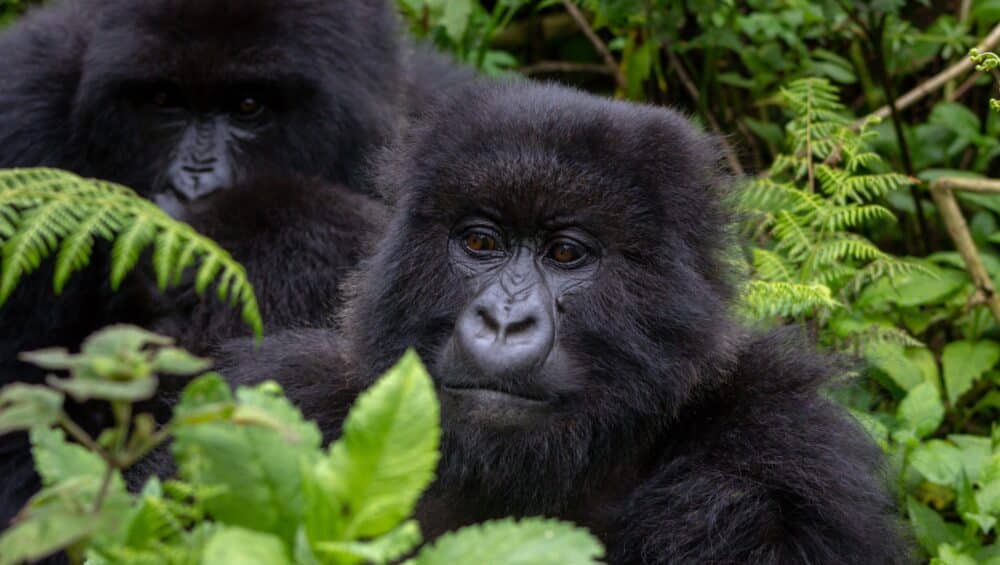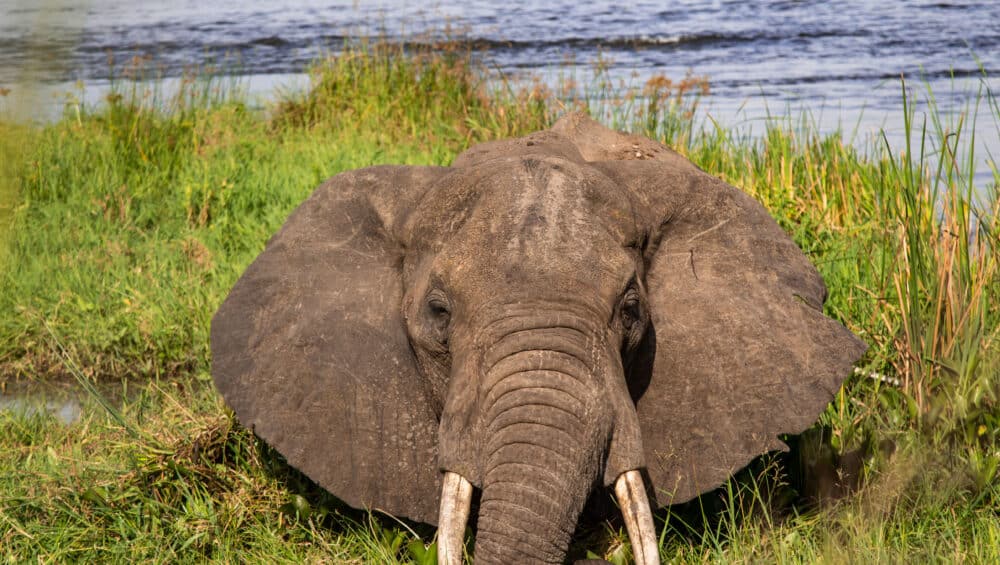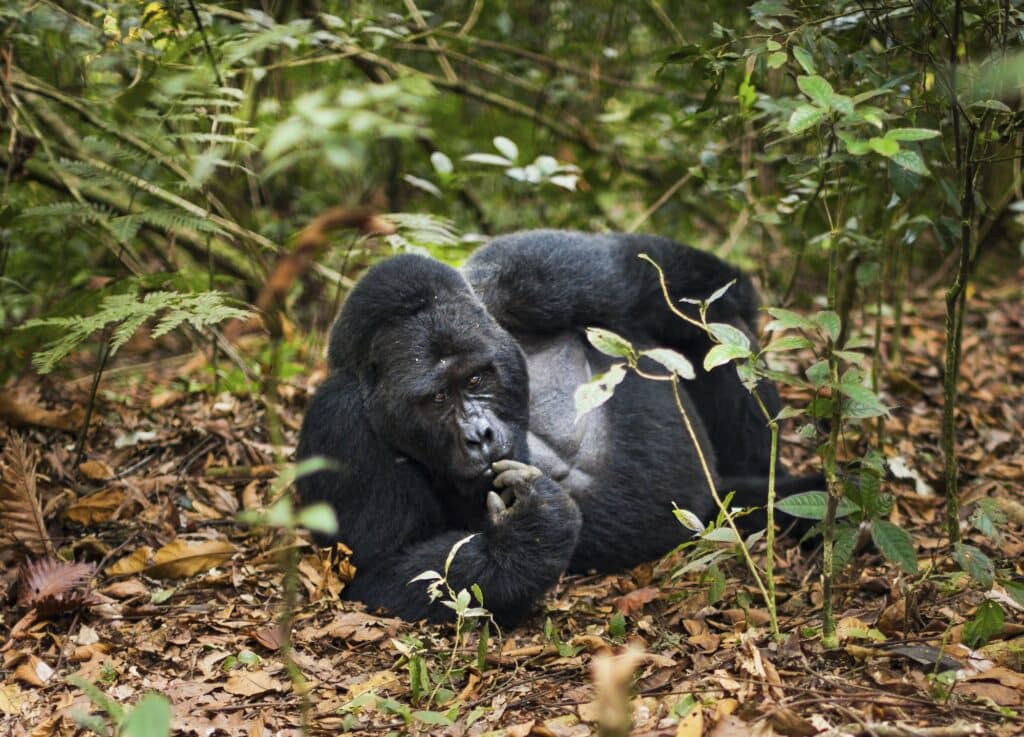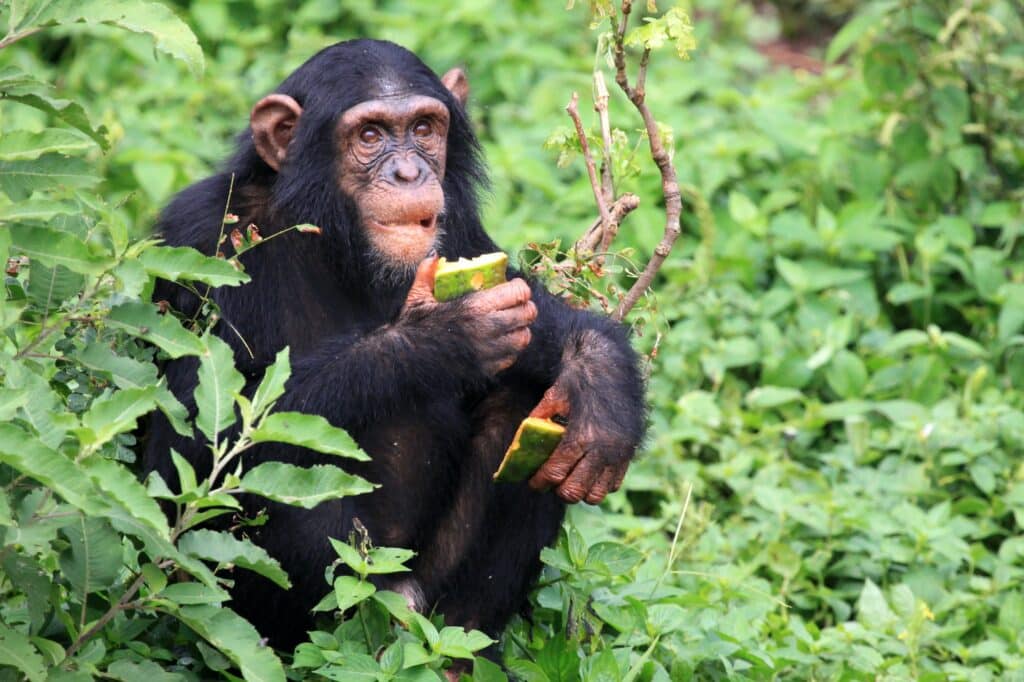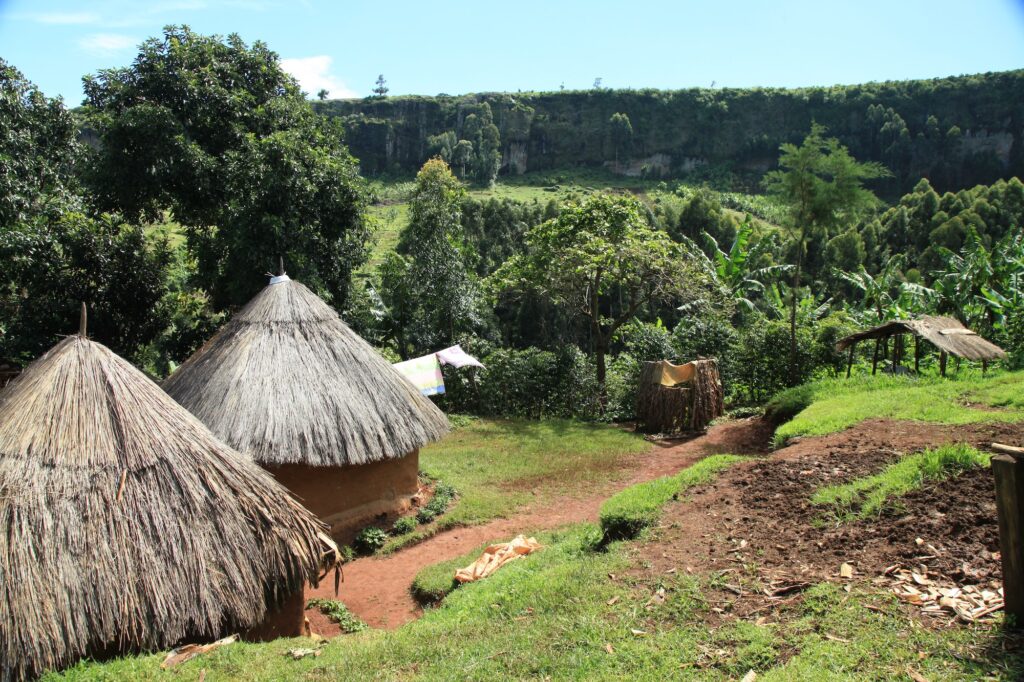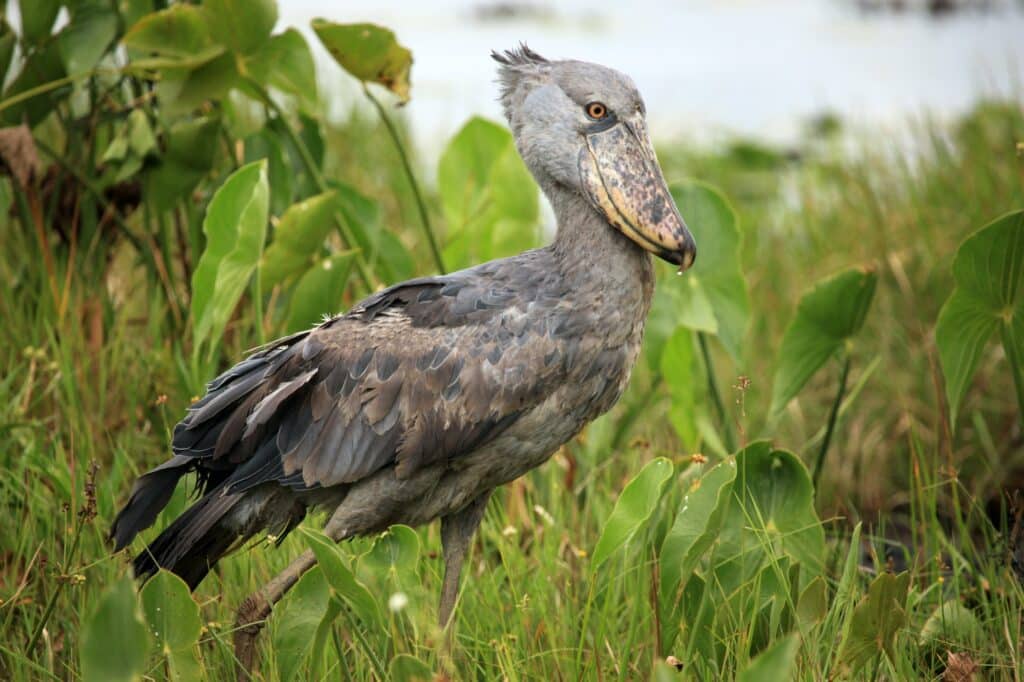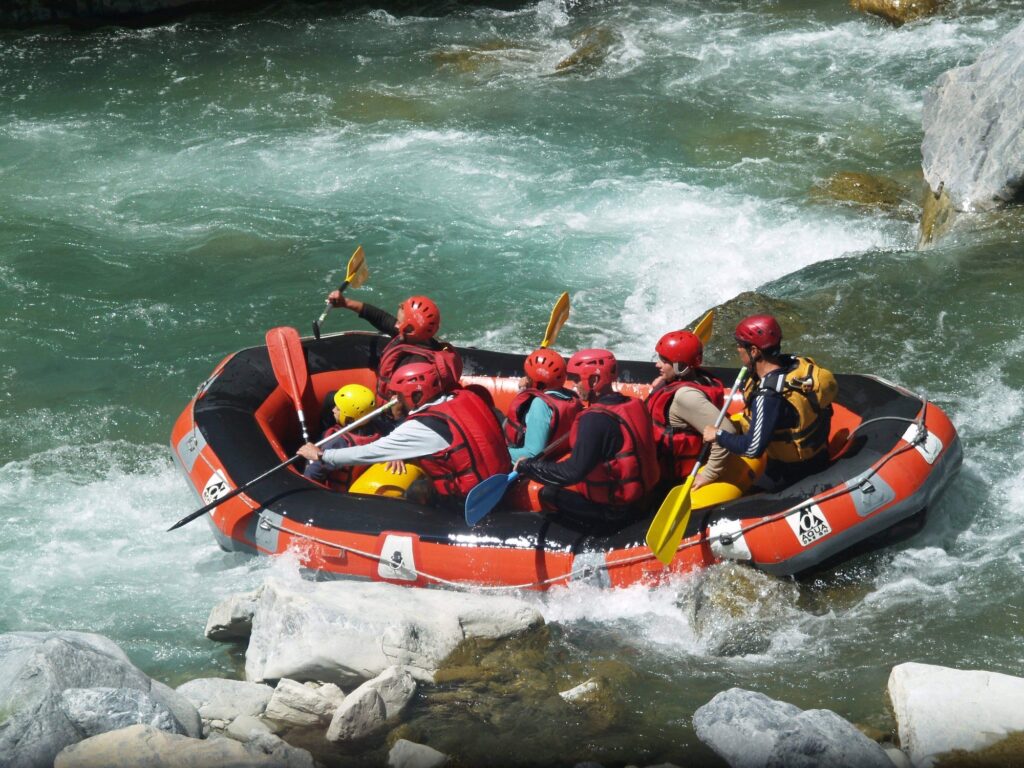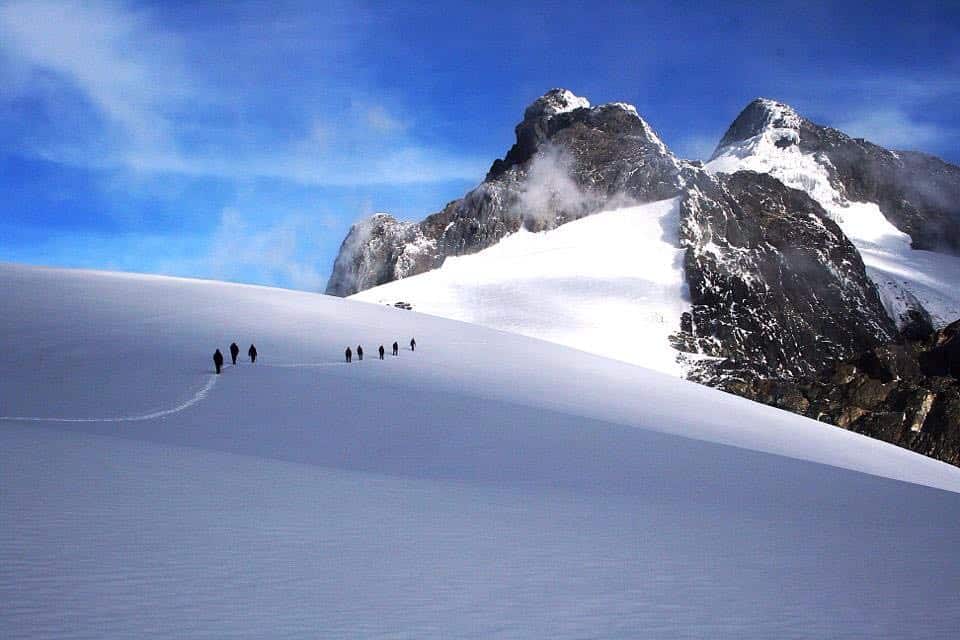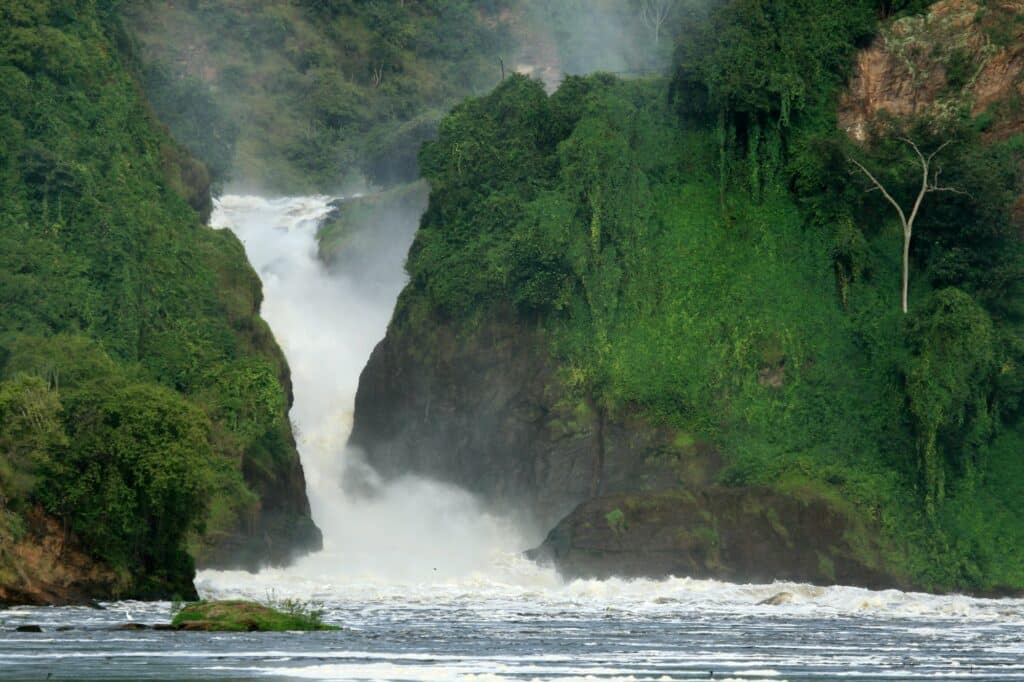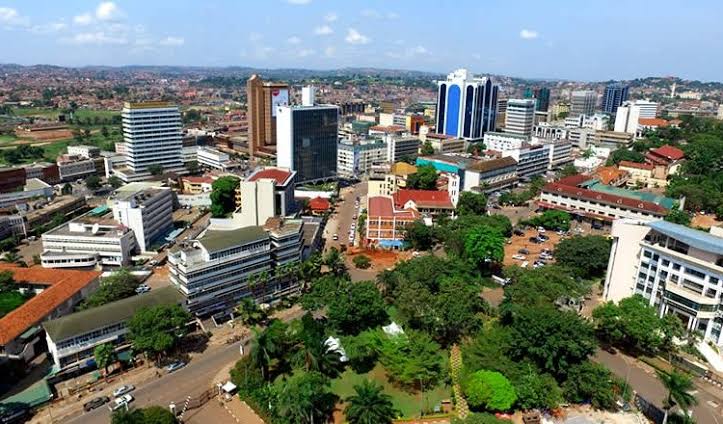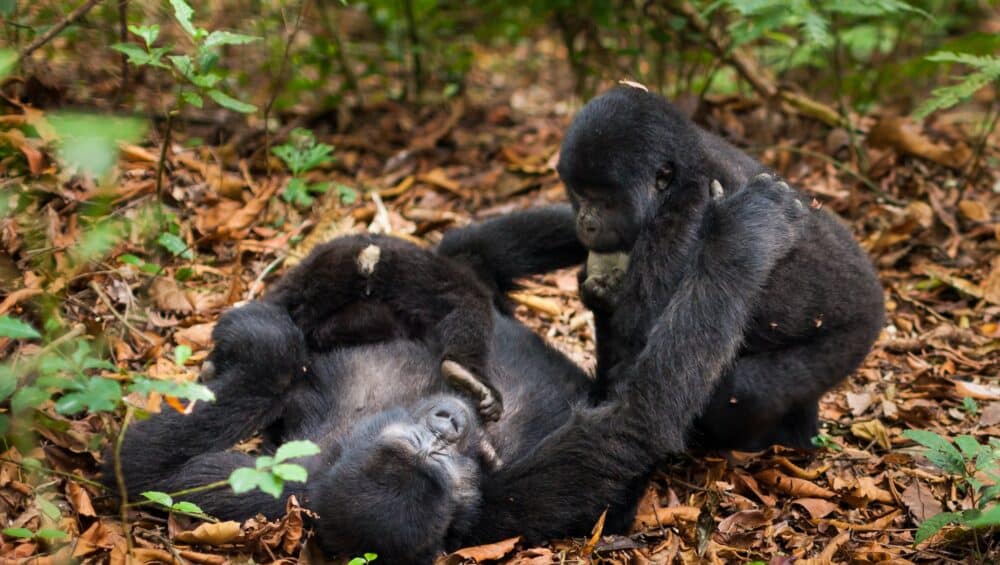The Ultimate Guide to Gorilla Trekking in Uganda
Gorilla trekking is one of the most popular and unforgettable experiences you can have on a Uganda safari. As home to almost half of the world’s remaining mountain gorillas, Uganda is the perfect place to get up close and personal with these magnificent animals. But if you’re new to gorilla trekking, you might have a few questions. Here are 10 frequently asked questions (and answers) to help you plan your trip:
Where can I go gorilla trekking in Uganda?
You can go gorilla trekking in Bwindi Impenetrable National Park and Mgahinga Gorilla National Park. Both parks are home to several habituated gorilla families that are used to the presence of humans, and you can choose from a variety of trails that cater to different fitness levels and interests.
How do I book a gorilla trekking permit?
To book a gorilla trekking permit, you’ll need to contact a tour operator or book through the Uganda Wildlife Authority. The cost of a permit is currently US$700 for foreign non-residents, US$600 for foreign residents, and UGX 250,000 for East African citizens. Empathy Tours is a reputable tour operator that can help you book a permit and plan your entire trip.
How fit do I need to be for gorilla trekking?
To participate in gorilla trekking, you’ll need to be in good physical condition. Gorilla trekking can be physically demanding, as you’ll need to hike through the forest to reach the gorilla family. You’ll also need to be prepared for the possibility of rain, mud, and steep slopes. While the exact level of fitness required will depend on the trail you choose, it’s generally recommended that you be in good shape.
How long does gorilla trekking take?
Gorilla trekking can take anywhere from a few hours to a full day, depending on the location of the gorilla family and the trail you take. You’ll be guided by experienced rangers who will help you find the gorillas and observe them in their natural habitat. It’s important to be patient, as finding the gorillas can take time.
What should I bring on a gorilla trek?
To be prepared for your gorilla trek, you’ll need to bring a rain jacket, sturdy hiking shoes, and long pants and sleeves to protect yourself from the forest. You’ll also need to bring plenty of water, snacks, and a packed lunch if you’re going on a full-day trek. A camera is a must, but be sure to turn off the flash and follow the rules for taking photographs.
Can I bring my children on a gorilla trek?
Children are welcome to go gorilla trekking, but they must be at least 15 years old to participate. This age requirement is in place to protect the gorillas and ensure that visitors are able to fully understand and follow the rules for gorilla trekking. Children under the age of 15 will not be allowed to visit a gorilla family, even if they are accompanied by an adult.
How close can I get to the gorillas?
On your gorilla trek, you’ll be able to get fairly close to the gorillas, but there are strict rules in place to protect both the gorillas and visitors. You’ll need to maintain a distance of at least 7 meters (22 feet) from the gorillas at all times, and you’ll be required to follow the instructions of your guide. This is to prevent the transmission of diseases and to minimize any disturbance to the gorillas.
How do I prepare for a gorilla trek?
Before you go gorilla trekking, there are a few things you’ll need to do to prepare. First, you’ll need to book a permit in advance, as they can sell out months in advance. You’ll also need to be in good physical condition, as gorilla trekking can be physically demanding. It’s a good idea to bring plenty of water, snacks, and a packed lunch if you’re going on a full-day trek, and don’t forget to bring a rain jacket and sturdy hiking shoes.
Can I take photographs during a gorilla trek?
Yes, you can take photographs during a gorilla trek, but it’s important to follow the rules for taking photographs. You’ll need to turn off the flash on your camera, and you’ll be required to maintain a distance of at least 7 meters (22 feet) from the gorillas at all times. This is to prevent the transmission of diseases and to minimize any disturbance to the gorillas.
What is the success rate for finding gorillas?
The success rate for finding gorillas on a gorilla trek is generally quite high, but it can vary depending on a number of factors. These include the location of the gorilla family, the trail you take, and the weather. In general, you can expect to have a good chance of finding gorillas on a gorilla trek, but it’s important to be patient and to follow the instructions of your guide.
In conclusion, gorilla trekking in Uganda is an unforgettable experience that you won’t want to miss. Whether you’re a seasoned traveler or a first-time visitor, you’ll find plenty to see and do on a Uganda safari. And with Empathy Tours, you can be sure that your trip is guided by experts who are dedicated to making your experience memorable and enjoyable.

